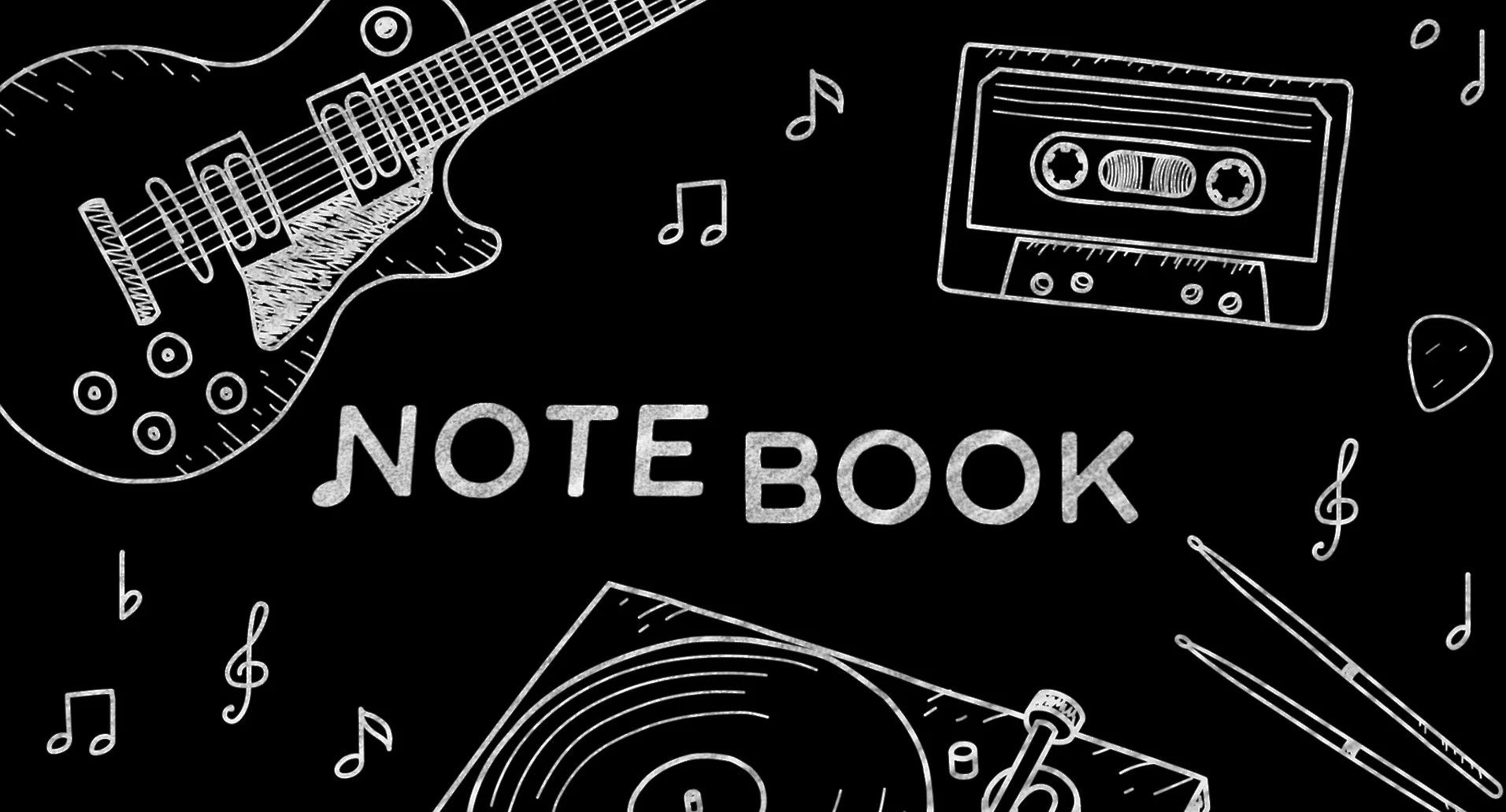Notebook: “Perder” by Mar Fayos
This was a pilot episode for a short video series in a college introductory Spanish program that focuses on an artist, Mar Fayos, and the production of her song, “Perder.” In addition to the video, many ancillaries were produced in tandem that made the video more useful as a language learning tool. I produced this video at Vista Higher Learning (VHL).
The Challenge
Customer feedback indicated some students felt certain video content seemed overly-scripted, unrelatable and dated. I was given the opportunity to create a pilot for a short video series that was more authentic, relatable and fresh for college students.
The Solution
To achieve authenticity, a documentary was the perfect option. Using diverse college-age subjects made the video more relatable to students. For a fresh aesthetic, I modeled the video style on a series of popular short-form documentaries airing on HBO that used simple animations.
The decision to focus the documentary on a piece of music - and to produce the music track in the process - provided a unique opportunity to create valuable ancillary media very efficiently.
Ancillaries produced
Audio activities
Using the multitracks from the studio recordings, we isolated snippets of audio such as lyrical phrases and isolated instrument sounds. This audio was then used as audio prompts for standard written activities (What is the meaning of the song lyric you hear? What instrument do you hear?)
Music tracks
I worked with the artists to secure full rights to all audio recorded, so the music can be repurposed for soundtracks in other videos or marketing collateral. The multitrack recording allows us to remix the music, loop it, remove vocals, etc.
Virtual chat with Mar
VHL had deployed updated “Virtual chat” activity engines to the online platform allowing students to “chat” with a virtual (pre-recorded) student. We recorded multiple virtual conversations to deploy as “Virtual chats” alongside the video. These interactive activities provided another way to leverage the video and increase its efficacy.
Conclusion
The pilot provided an authentic, fresh and relatable video for students. Additionally, the creative decision to focus the documentary on the production of an original song had many benefits. Renting a recording studio to shoot the video and record the music track was practical, generating a lot of high quality content efficiently. The audio produced was useful for interactive activities as well as production sound in other media projects. As a final note, it is worth mentioning the multiple published studies linking music and language learning in the brain. This link could be a further benefit of a video series examining music.

